ReturnTo: Masters Project INDEX • ReturnTo: Masters Campus Master Plan - page 1 of 3 |
mtNotebook Entries
Masters Phase I, II, and III development - Feburary 10 - March 19, 2011 |
notes for devolping a learning environment, demonstration “school of the Future” and global ValueWeb |
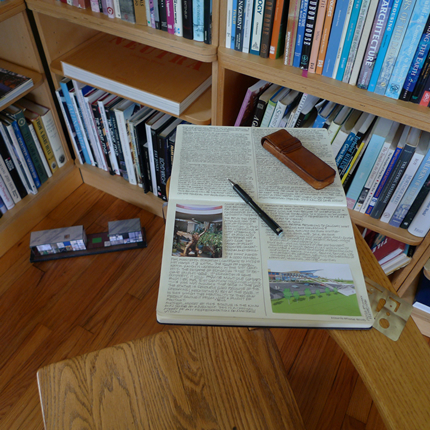 |
| All media is multimedia. And, all media types, as well as tool sets within the types, are an external consequence of a thought process, were invented and refined to solve specific problems of expression, at a time and place - in a culture. There is not such thing as a neutral tool. The tools you use, for example, when you recreate your idea from mind-space to a drawing, writing or other linear two dimensional medium, will effect both your process and the result. This is a basic Axiom of the 4 Step Re-creative Process model. It is impossible to avoid this circumstance. It is possible to choose the tool, and the appropriate time for its use, with self awareness and care. More tools are better than fewer. |
|
|
| The MG Taylor Method in present form was designed in the early 80s and evolved through the 90s. The first patent on the process was issued in 2001. Over the last decade, we have advanced and greatly refined our environment making capability. In the last five years the computer and media tool kit, imagined in the 60s, has come to market on affordable terms. It is now possible to take what we have been doing for the last 30 years to an entirely new level of efficacy. |
| This is none too soon as the demands of the increasing rate of the rate of change and complexity are causing new instabilities in almost every nook and cranny of our global society. We expect that the nextGen version of our work will be as much an an advance over present MGT practices as the DesignShop® process was over the conventional collaborative practices of the 1980s. This next cycle of invention will almost totally realize my dreams of the 1960s. |
| This research, design and prototyping project is well underway and will consume much of my effort over the next couple of years. There are presently three client projects and one internal one which I consider to be nextGen prototypes - at least in major aspects of their making, equipping and use. The Master Campus, by the time it reaches Phase III, is one of them. |
|
|
|
| |
 |
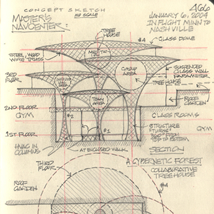 |
 |
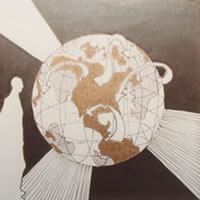 |
|
| A Victorian parable the Monkey’s Paw tells of the love-hate, use-abuse relationship between Humanity and tools. It stands as a warning for every project and the means applied to get things done. Every act has consequences - most ignored. Great diligence and fiduciary Duty are required to avoid unintended consequences. |
|
| Prior hand written Notebook pages on the Masters Project pp 453-467, December 7, 2004 to January 5, 2004 and pp 470-472, January 17, 2004 to January 19, 2004. While the specific design will be different for the navCenter portion of the Masters Campus, the Program elements identified in these pages are still valid and critical to the new design. |
|
| The MGT Tool Kit is an outline walk through of many aspects of our System and Method. The architecture of this will not change with the nextGen Project. The environments, processes and tools will be recreated and the integration of these three attributes will be greatly augmented. The system in place will be employed to recreate itself. |
|
| The MG Taylor Mission has not changed since our founding. It reads like an NGO mission yet we are a for profit corporation. We have never let “profit,” as defined by present times, interfere with our mission nor have we given up the idea that full proof of concept requires profit to fund the future and demonstrate true value was realized. |
|
click on the notebook pages below to go to larger versions
Matt Taylor’s Hand Written Notes
February 8th through March 19th 2011
|
| |
|
| |
| |
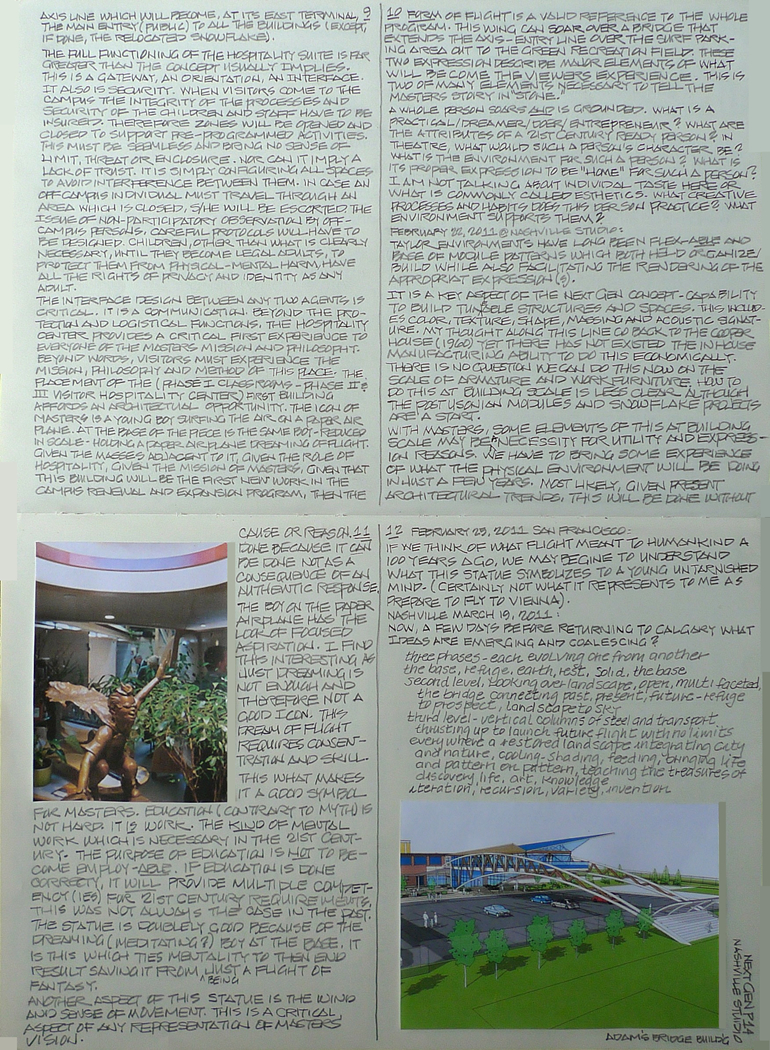 |
| |
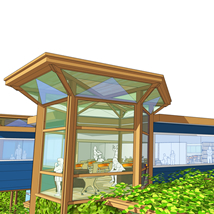 |
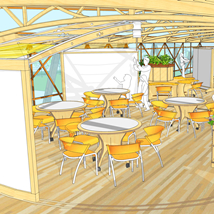 |
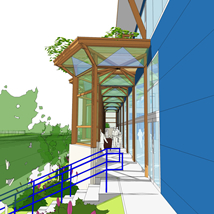 |
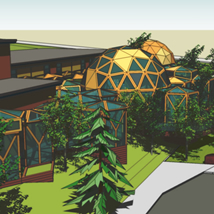 |
|
| Phase I Option-a builds the second level of the SE corner of the existing one story Academy wing including portions of the first floor space. This provides a robust example of the Phase II architecture, the second of three overlapping, evolving stages of continuous Campus development and space for expansion and future staging. |
|
| Phase I Option-b - The Bridge Building - is the Phase III Hospitality Center outfitted as learning spaces until sufficient Phase II work is completed, at which point, the interior of the Bridge Building will be converted to its long term use. The bridge building is designed in such a way that it will ultimately be connected to all other Phase II and III work. |
|
| Phase I Option-c - The Steel Cube building - is designed to be built in front of the NE corner of the one story Academy building to provide the largest cubic space possible at the lowest time and cost possible. This structure can remain where it is and be progressively modified as Phase II and III structures are built around, into and over it. |
|
| Phase I Option-d employs the Snowflake configuration to provide temporary facilities for the growing primary school population while the expansion of the permanent Campus can be planned, financed and built. At a certain point in Phases II, or III, Snowflake will be moved to the SE corner of the athletic field to serve sports and gardening functions. |
|
| |
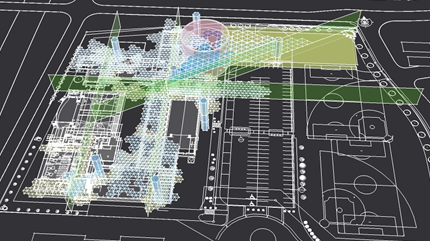 |
The Masters Campus Module Grid and Phasing Plan diagrams which parts of the property are modified, remodeled and added to over time. In actuality, there are many different ways the phases can be executed and even overlap one another. However, what each phase is, and is designed to accomplish, remains the same through out the entire process.
The Program of Masters can be accomplished by a range od scales. Below a certain critical mass, the functions necessary to the Program will not be robust enough to work in a significant way. Beyond, a certain scale of development, the property becomes too developed and this sets the reasonable outer limit of the project. These considerations, along with economics and other externals will define the ultimate scope of the project. |
|
ReturnTo: Masters Campus Master Plan - page 1 of 3 |
|
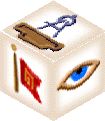
SolutionBox
voice of this document:
VISION • STRATEGY
SCHEMATIC
|
| |
click on graphic for explanation of SolutionBox |
|
posted: March19, 2010 • revised March 21, 2011 - 8:33 AM @ Nashville Studio |
|











